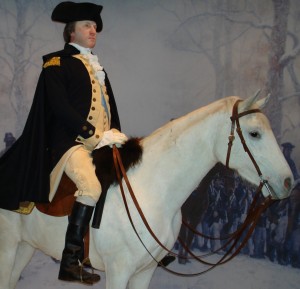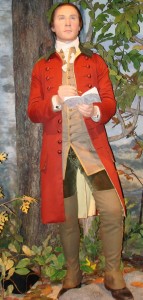Among the most horrific, haunting images recorded from war around the globe are those of vacant-eyed children in their early teens or even younger holding semi-automatic weapons, perhaps garbed in a paramilitary unit's uniform. In the United States, these images batter a belief system that children should be in a nurturing home environment, enjoying the company of friends after school, taking clarinet lessons, playing softball. They should be allowed to be kids and dream.
Enlisting children as soldiers permits the extension of armed conflict long after a desperate nation or faction's supply of adult combatants has been exhausted. The global costs are astronomical. Although some children are forced to join armed groups, according to The Coalition to Stop the Use of Child Soldiers, the majority of these children volunteer for the following reasons:
- Survival
- Desire to avenge the death of relatives
- Poverty and lack of access to education or work (thus the need for income)
- Desire for power, status, and social recognition
- Pressure from family or peers
- Desire to honor a family tradition
- Desire to escape domestic violence (and for girls an arranged marriage)
What does the topic of child soldiers have to do with the American War of Independence? In the United States, we tell ourselves that we don't put our young children in uniform, that such extreme measures happen elsewhere, in distant lands. But Americans have inherited the bloody legacy of young children in the military.
We have the "quaint" pictures of boys climbing ratlines on navy ships in the Civil War and the American War of Independence, and drummer boys in both wars. Or the not-so-quaint pictures of ragged civilian children traveling with an army unit as camp followers. Did children camp followers, musicians, and sailors escape the bullets and bayonets? No.
Children don't escape war.
In the autumn of 1776, two years into the American War of Independence, the fight was going poorly for the Continentals. A desperate Congress went to recruitment extremes, determined to raise an army of eighty-eight infantry regiments, intending that the regiments serve for the duration of the war. A boy named Joseph Moseley answered the recruitment call in March 1777 and enlisted as a Continental private in the newly made 14th Virginia Regiment. Joseph had just turned twelve years old.
I invite you to return to my blog tomorrow and learn his story.
**********
Did you like what you read? Learn about downloads, discounts, and special offers from Relevant History authors and Suzanne Adair. Subscribe to Suzanne’s free newsletter.



